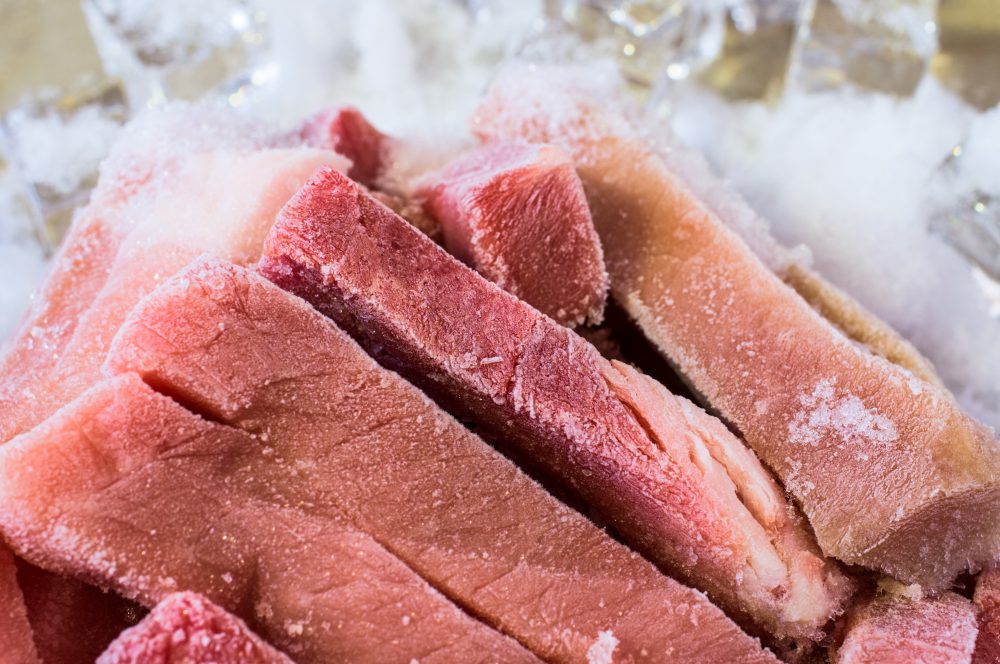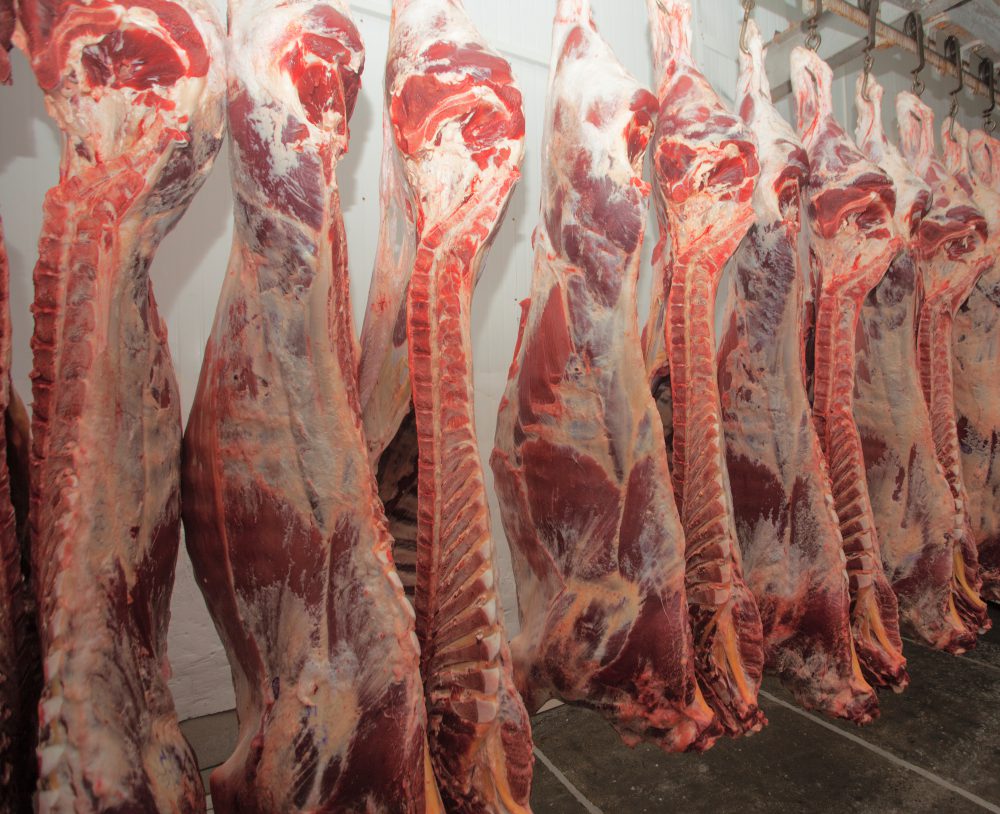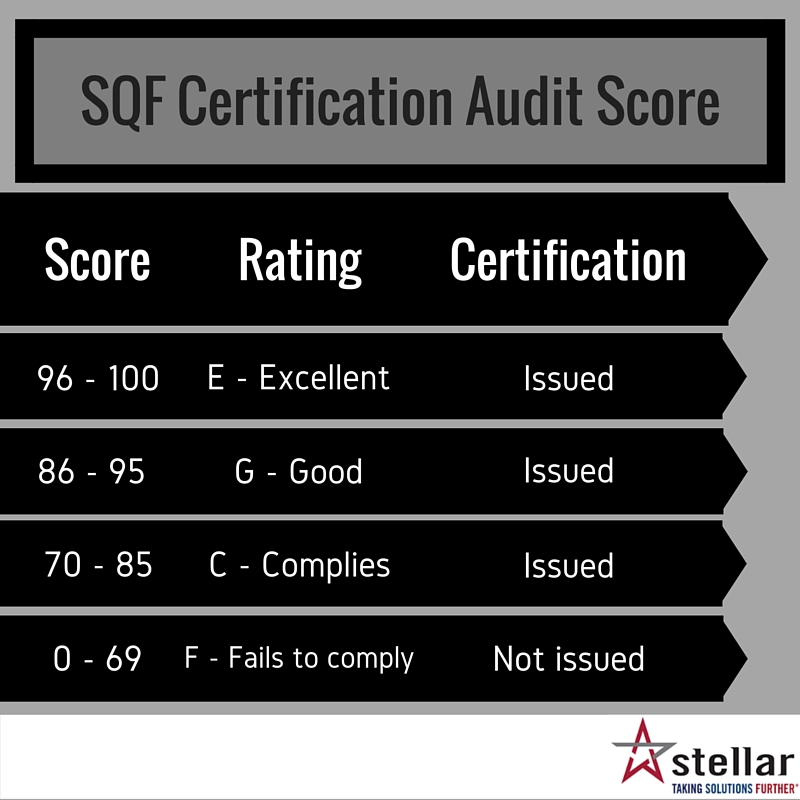How to Design Your Food Plant for Worker Safety
Today, firms are “[designing] safety for each worker into every phase of every building project.” We’re addressing worker safety from the start—at the facility design phase—strategically designing plants with safety at the forefront. We call this “sustainable safety”: a strategy that unifies design and construction teams with owners and managers to identify potential hazards and integrate employee safety through design, products, services and educational programs.
Continue Reading “How to Design Your Food Plant for Worker Safety”


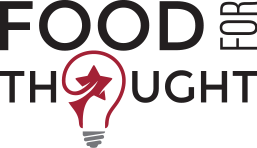

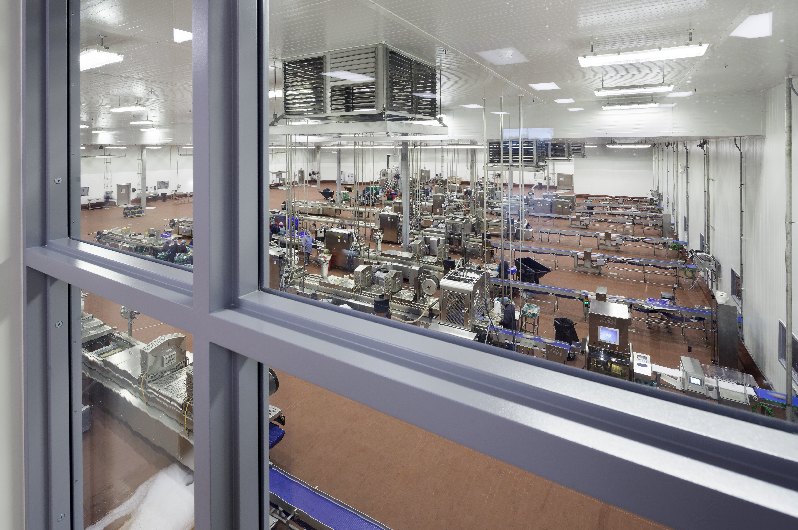
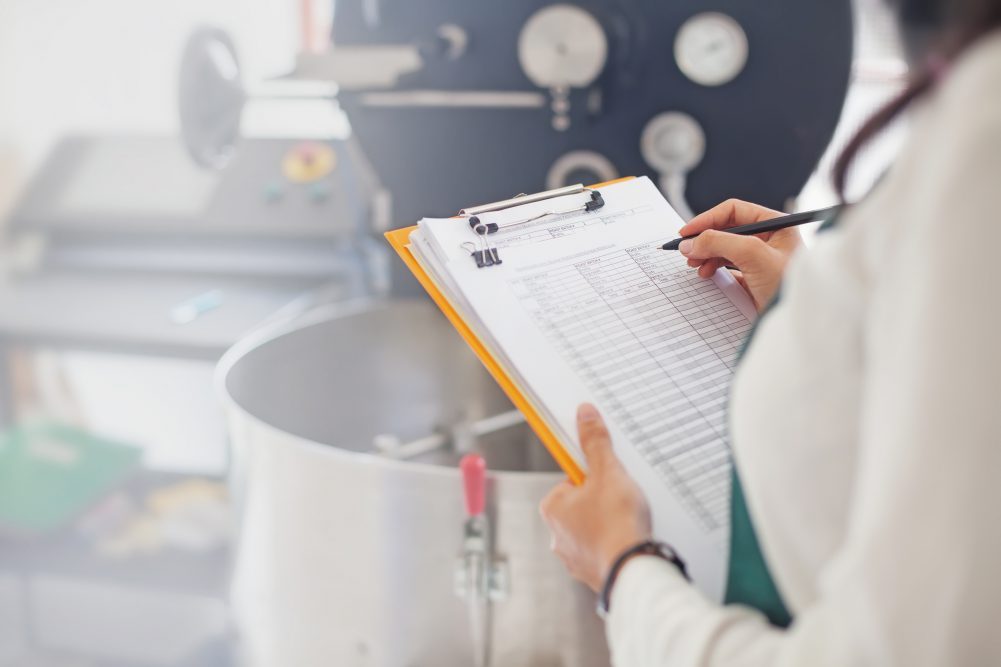
![[SlideShare] 5 Crucial Components Your Food Business’ Strategic Plan Must Include](https://stellarfoodforthought.net/wp-content/uploads/2016/06/Screen-Shot-2016-06-22-at-1.35.20-PM.png)
![How Does Your Food Business’ Strategic Plan Stack Up? [Downloadable Checklist]](https://stellarfoodforthought.net/wp-content/uploads/2016/06/Screen-Shot-2016-06-15-at-1.57.35-PM.png)


